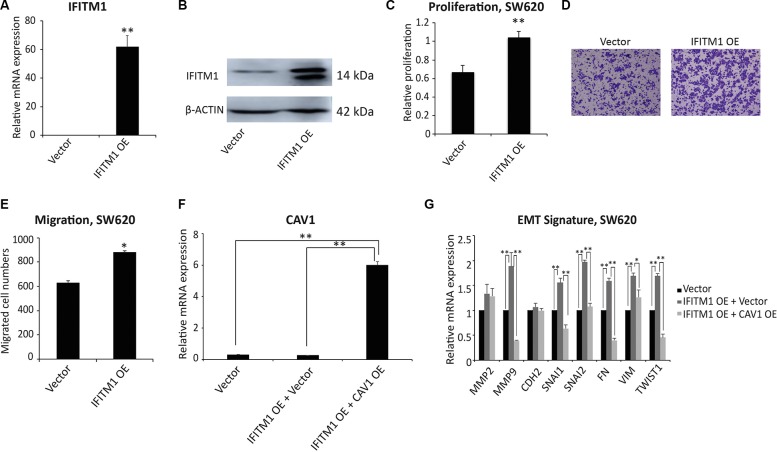Figure 6. Ectopic expression of IFITM1 promotes the proliferation and migration of SW620 cancer cells in vitro.
(A and B) SW620 cells were transiently transfected with either control (vector) or IFITM1 expression construct (IFITM1 OE). RNA and proteins were isolated to examine the expression of IFITM1. (A) RT-qPCR was performed to determine IFITM1 mRNA expression in SW620 cells after transfection (**p < 0.001). (B) IFITM1 protein level was analyzed by immunoblot using anti-IFITM1 antibody, and ACTIN was used as the loading control. (C) SW620 cells transfected with control (vector) or IFITM1-expression construct (IFITM1 OE) were incubated for 72 hrs to determine the proliferation by MTT assay. Data shown are from three experiments (**p < 0.001). (D and E) SW620 cells transfected with control (vector) or IFITM1-expression construct (IFITM1 OE) were seeded in a transwell for assessing migration. Cells were incubated for 18 hrs, stained, and quantified. (D) Representative images are shown. (E) Data shown are from three experiments (*p < 0.05). (F and G) SW620 cells were transiently transfected with either Vector alone, IFITM1-overexpressing (IFITM1 OE) and Vector, or IFITM1 OE and CAV1-overexpressing (CAV1 OE) constructs. RNA was isolated from the transduced cells, and CAV1 (F) and EMT signature (G) were quantified by RT-qPCR (*p < 0.05, **p < 0.001).

